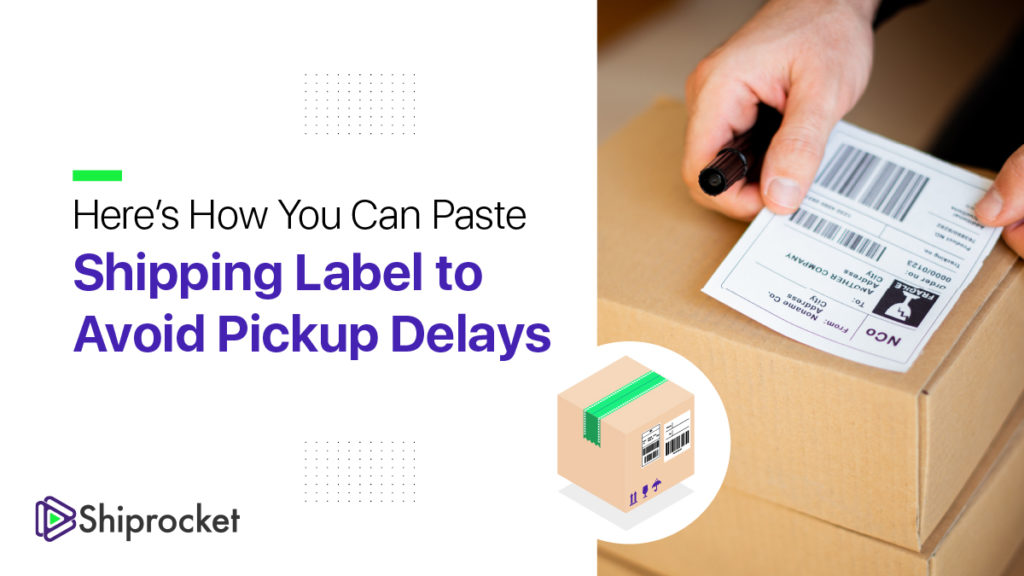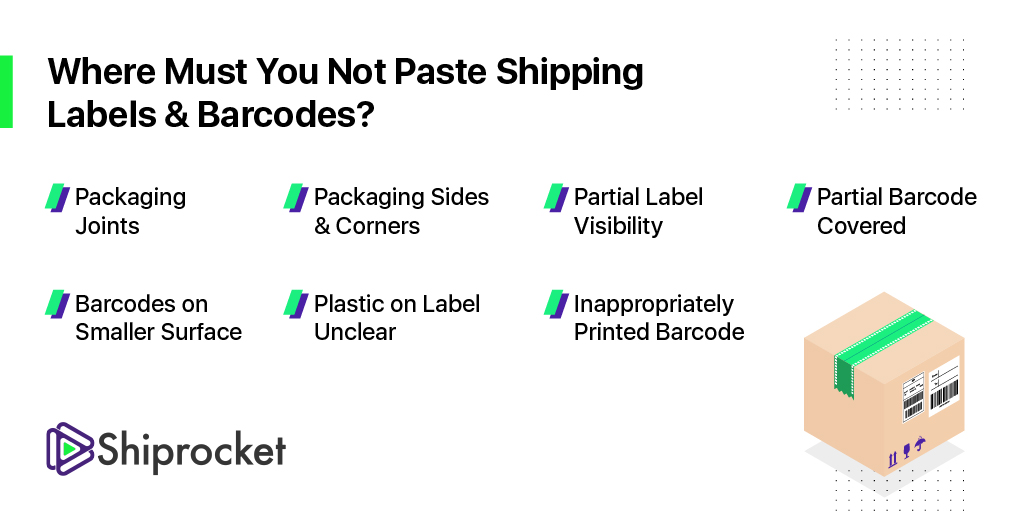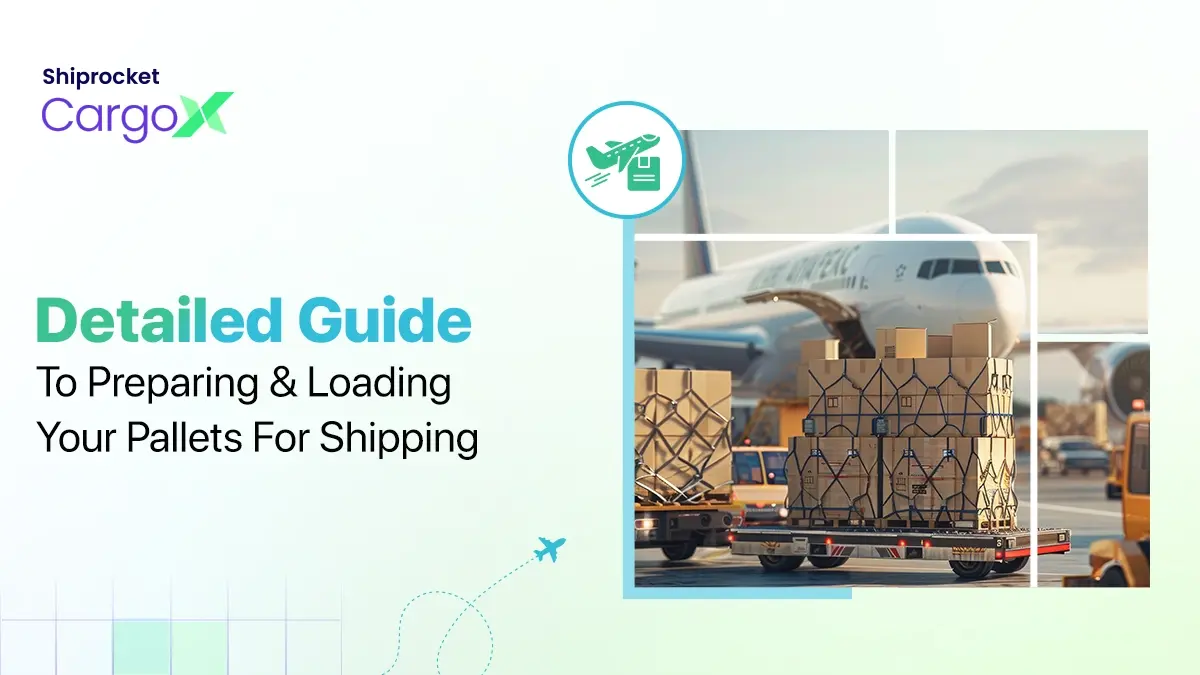A Guide on How to Paste Shipping Labels to Avoid Pickup Delays
For an eCommerce business, customer satisfaction depends on how fast the product is delivered. Even a single-day delay can give your customers a wrong impression leading them to never buy from you. Thus, unless you find a way to deal with delays, this can lead to your store’s bad reputation among customers.

One of the most common reasons why a package is delivered late is pickup delay due to the shipping labels not being attached to the shipment accurately. While shipping labels are a must while shipping an order, most sellers don’t know how to paste them appropriately. They often paste it inaccurately, making the barcodes non-readable, leading to delayed shipment pickups.
If you are also not sure how to paste shipping labels on your shipment, don’t worry; we have covered you. This blog will talk about the barcode and shipping label pasting guidelines.
Shipping Labels Guidelines
Improper or inaccurate pasting of shipping labels can lead to a large chunk of pickup exceptions and delays. You can avoid pickup exceptions and ensure timely shipment pickups and order deliveries with the following guideline.

Packaging Joints
When you paste the barcode on an uneven surface, or there is a slight gap between joints, the barcodes might not be visible and readable. Because of this, the parcels can lead to being rejected from the pickup. Therefore, you must avoid pasting barcodes on the packaging joints, especially carton boxes. You can paste it in the perpendicular direction of the box.
Packaging Sides & Corners
Pasting labels on the sides or corners make it difficult to read them for the automatic barcode scanners. Besides, it also leads to confusion regarding the parcel orientation, leading to incorrect feeding.
You must paste the label on one surface and not on two surfaces. If your parcel is smaller in size than the shipping label, ensure that you paste the shipping label so that the barcode comes on the largest and on a single surface.
Partial Label Visibility
Pasting the labels in a way that the information on them is not completely visible can also make the barcode unreadable. Therefore, when you paste the labels and barcodes on the packaging box, ensure that you don’t fold or hide any part of it. The label must be completely visible after the shipment is packed and the courier bag is closed.
Partial Barcode Covered
Each element or line in the barcode is crucial for decoding information. If the reader cannot see all the lines of the barcode, it will be rejected. So, ensure that all the lines in the barcode are 100% visible after the shipment is packed.
Barcodes on Smaller Surface
The shipments are most stable during the conveyor transfers when they are placed on the sides with the largest area. Thus, the barcode will not be visible if you haven’t pasted it on the largest surface area. So, always ensure that you paste the barcode on the side with the largest surface area.
Plastic on Label Unclear
Sometimes, the single or multiple layers of plastic on the label are unclear or hazy, making it hard to read. Even if you had printed a clear and visible barcode, the shipment would end up being rejected due to hazy plastic covering. Thus, it is suggested that you avoid overlapping the label with opaque plastic layers. If it is unavoidable, ensure that the barcodes are visible through the cover.
Inappropriately Printed Barcode
As discussed above, each line in the barcode is essential. Each line contains information. If the printer used for printing the label is faulty, or white or black lines are seen, it will affect its readability. Regular maintenance and servicing of the label printer are required to avoid continuous lines across the shipping label.
Conclusion
On average, 6-12% of packages are delayed, increasing to over 30% during the peak eCommerce delivery period, such as festivals. With these guidelines, you can minimize or eliminate the pickup delays by accurately pasting the shipping labels and barcodes.







